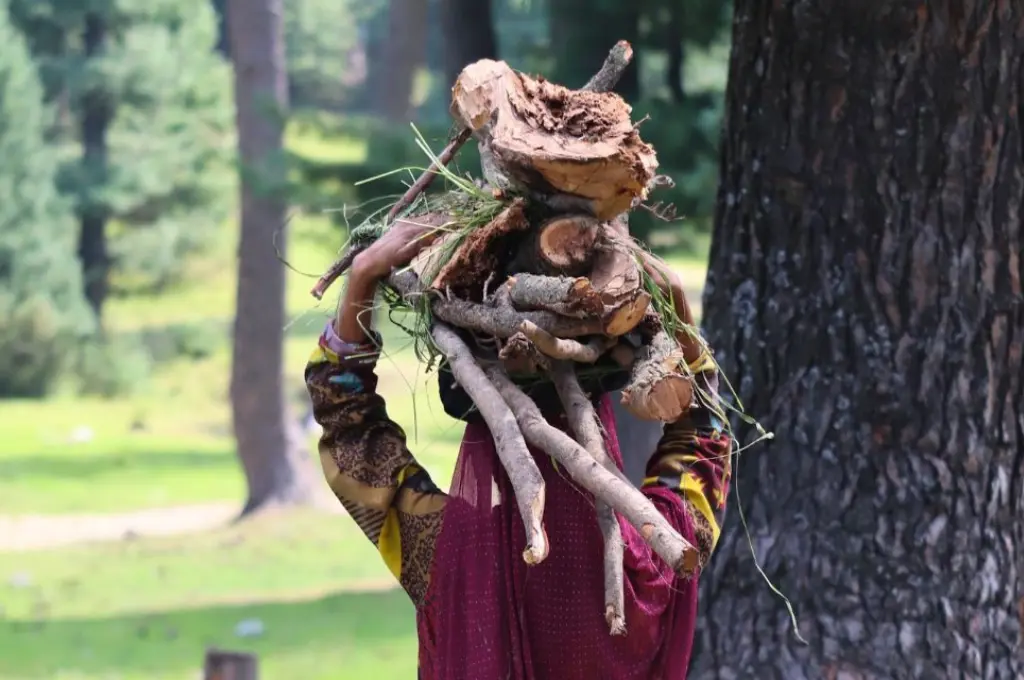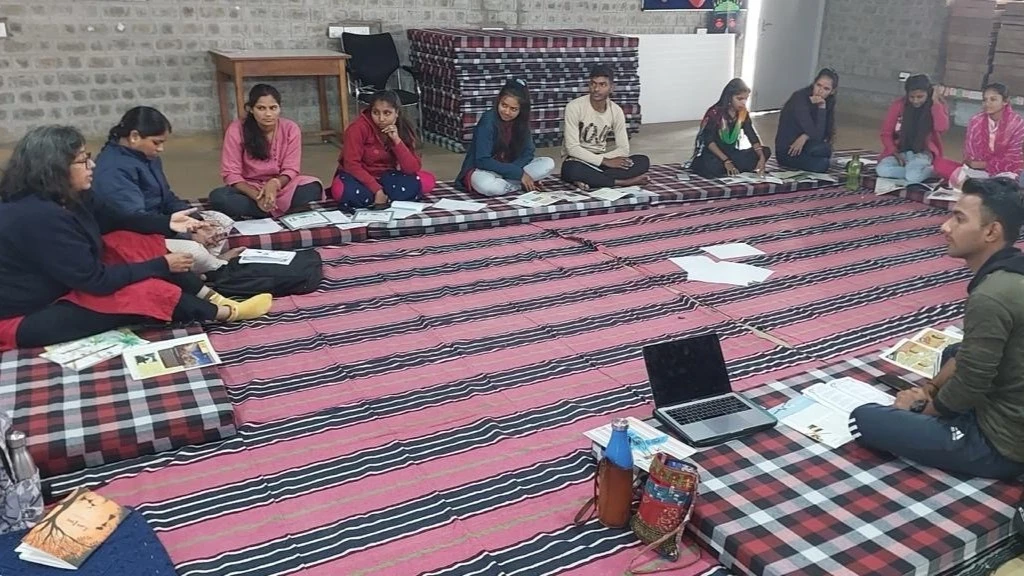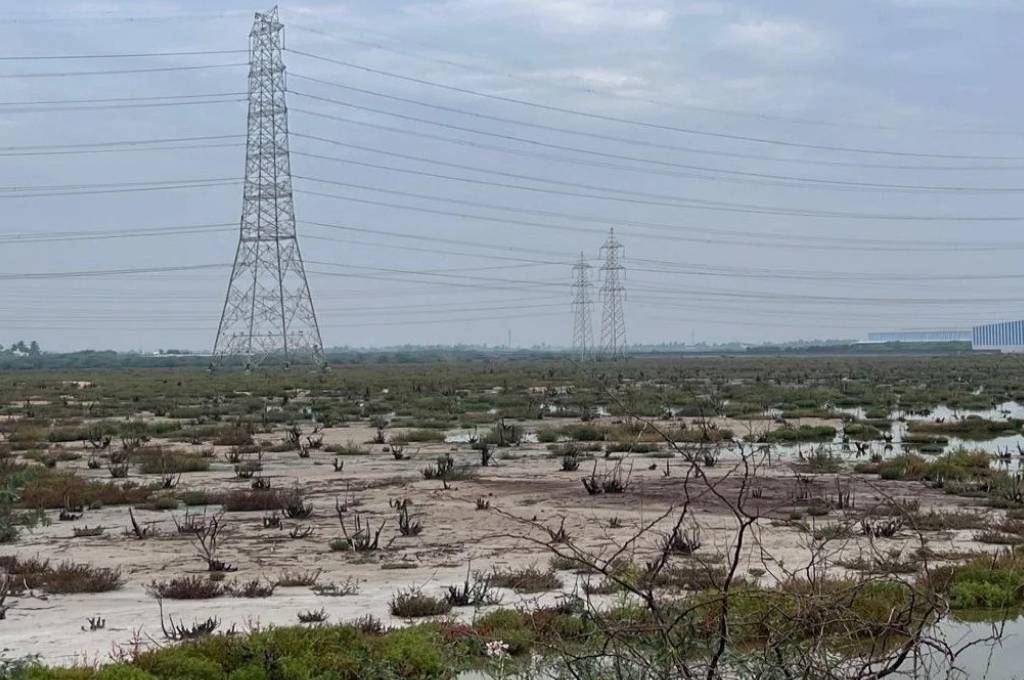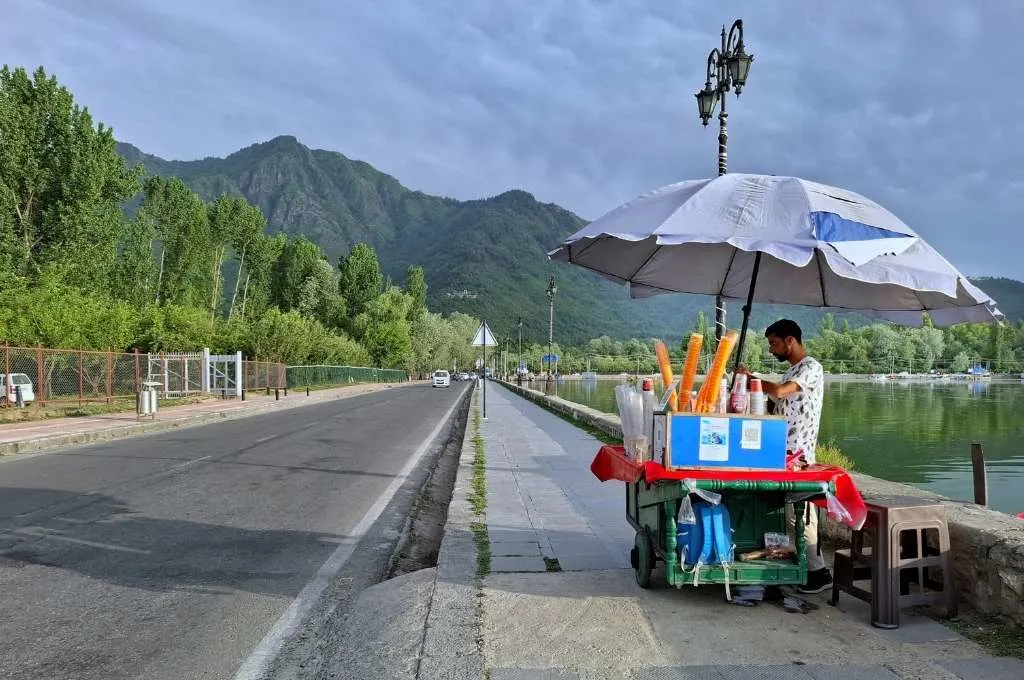READ THIS ARTICLE IN
Burning concerns: How firewood use is changing in Kashmir

“I prefer zyun (wood) over gas,” says Saja Begum, a resident of Rajwar in Kupwara district, Jammu and Kashmir. “If we rely on LPG cylinders for both cooking and heating, they last only eight days,” she adds.
Firewood and bukharis (traditional wood-burning stoves) are preferred not only for cooking but also for warmth during chillai kalan, the region’s harsh winter spell that usually begins in late December and lasts through January. In far-flung places, LPG cylinders are not an option during winters as these areas remain cut off from the main towns. Though exhausting to collect, firewood is a free alternative.
Typically, firewood collection for chillai kalan ends by November. The women in the villages gather one gidh (a bundle of wood comprising a dozen dead or damaged branches) at a time, for which they have to walk approximately 4 kilometres up and down the forest.
Broad-leaved or deciduous trees—such as chinar, poplar, and walnut—are important in local economies as they provide fuel and fodder for livestock. However, these trees have been replaced with conifers—such as deodar, fir, and pine—which fetch better market price and can be grown for export.
“In Kashmir, conifers tend to dominate temperate forests due to climate and altitude suitability as well as due to commercial timber value. There are instances, particularly during the Department of Social Forestry’s afforestation drives, when conifers are prioritised. Most restoration strategies favour conifers due to their fast growth and commercial utility, neglecting the ecological benefits of broad-leaved trees,” explains Dr Humaira Qadri, an environmentalist and associate professor at Government Degree College for Boys, Baramulla.
Dry conifers are good for kindling a fire, but they are not as energy efficient as deciduous trees. “Due to lower wood density and higher resin content, conifers burn faster. In contrast, deciduous hardwoods are denser, burn slower, and provide more sustained heat. So, deciduous trees are more efficient for long-term heating and cooking,” Humaira says.
In this context, Humaira advocates for energy-efficient chulas (stoves) that can produce more energy from the same amount of wood. “This can eventually reduce wood consumption, conserve natural resources, and lessen environmental impacts.”
A gradual shift from overdependence on firewood can already be noticed in places like Baramulla district, where Turkish bukharis are becoming popular. Unlike traditional tin-made bukharis, these are made of iron and can heat up the place more efficiently. They also have compartments for cooking. Additionally, they can be run using biomass—including dried leaves and other tree remnants—instead of firewood.
Khursheed Ahmad Shah is a journalist based in Jammu and Kashmir.
This is an edited excerpt of an article that was originally published on 101 Reporters.
—
Know more: Learn about the impact of climate change on Kashmiri paper mache.
Do more: Connect with the author at shahkhursheed918@gmail.com to learn more about and support his work.



